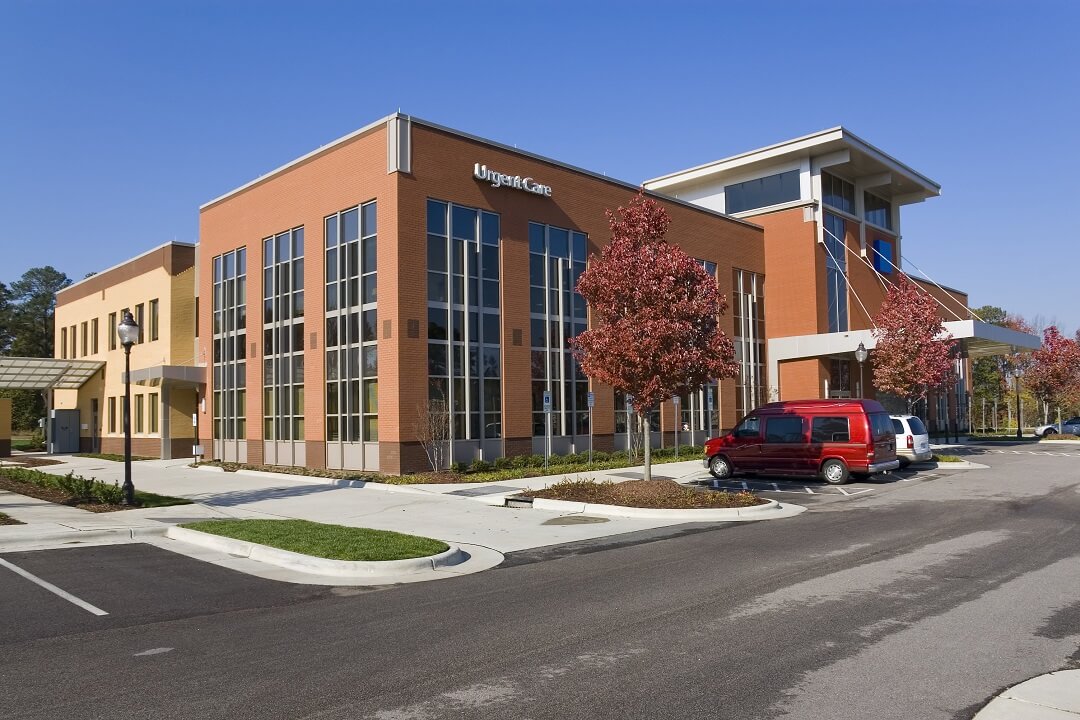The office market in Houston is highly competitive with 8.6 million square feet in sublease space on the market and a 23.7 percent vacancy. However, health care continues to remain a highly desirable property type, with less than 4 percent vacancy in the Texas Medical Center.
With no indications that the medical sector is going to slow down, office building owners have an opportunity to take advantage of this medical boom by positioning their assets to appeal to medical users. Here are some ways to attract medical tenants:
1. Offer high tenant-improvement packages
If money talks, it needs to be in the form of tenant improvement dollars. A typical medical office space costs between $80 and $100 per square foot to construct from shell; dental offices can run upward of $125 per square foot; and an ambulatory surgery center can be even closer to $250 per square foot to construct. Plumbing and millwork are major cost drivers, and medical practices require both. As reimbursements are shrinking and health care costs are on the rise, doctors and medical groups are feeling the squeeze. Hospital profit margins have shrunk to 2.7 percent in 2017, according to advisory.com, so providing capital is key to getting medical deals done.
2. Provide free parking
Patient experience is top priority and parking hassles are a major burden for patients and families. Easy and free or low-cost parking is a must for medical groups.
3. Research payor mix demographics
If landlords do their research and show medical groups the surrounding demographics such as number of insured patients, average ages, number of children and women of child-bearing years, this helps medical users identify if there’s a need for a clinic in that location. In Central Business Districts or other areas with a high volume of daytime commuters, landlords should include a breakdown of the employees in that area as well as the residents.
4. Showcase building amenities
Medical office buildings drastically lack amenities. With lower vacancy rates and premiums for first-floor spaces, medical office buildings seem to be missing the boat on finding the “Millennial edge” in their properties. Landlords should showcase amenities and be confident that any competing medical buildings won’t have anything comparable.
5. Build speculative spaces
A well-designed, 2,500- to 3,000-square-foot, move-in ready clinical space is a hot commodity.
Ashley Cassel, Houston Business Journal.


